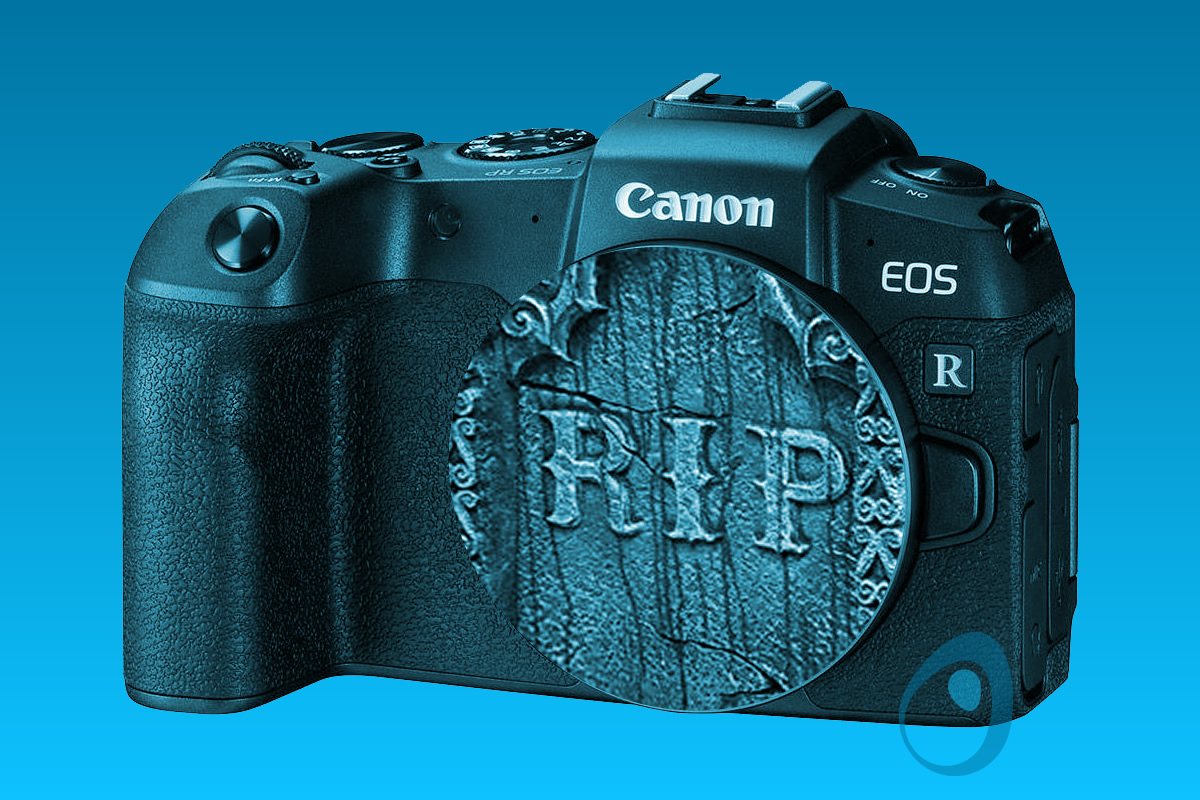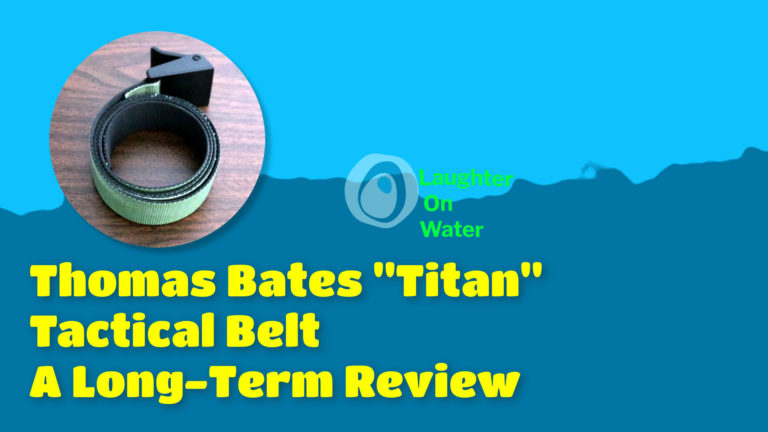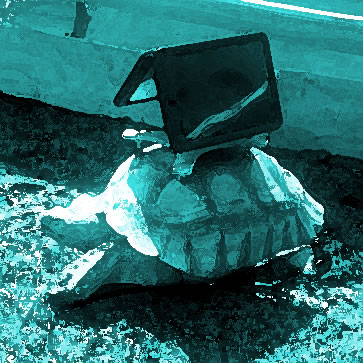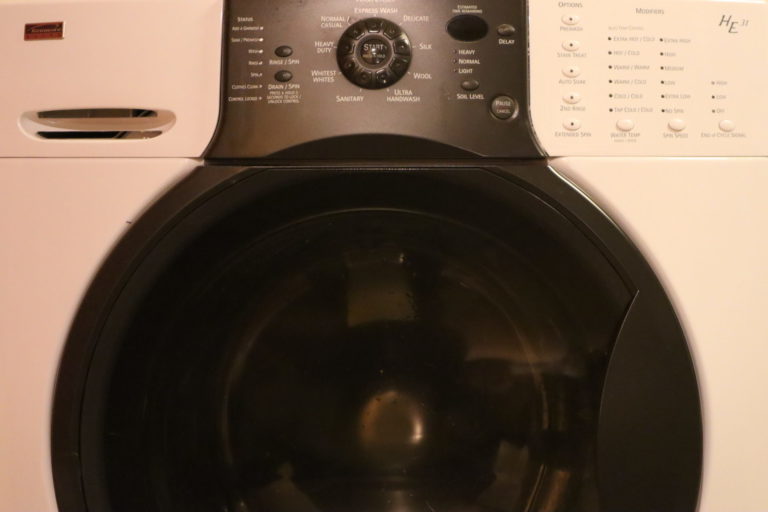Canon EOS RP – Hamper Gate
Canon’s EOS RP just came out. It has been panned by the camera community for a number of reasons, all of them unfortunate. But the story starts with the Canon EOS M50.
Canon’s M50 was an important step because it introduced a consumer-level camera that is perfect for YouTube vloggers. Sure, it doesn’t do 4K well, but most YouTubers are using 1080p. The M50 is a great middle ground for both photography and video. But then they came out with the Canon EOS R. The R was at first touted to be a professional level camera, but it still suffered from rolling shutter and most of the same problems of the M50. So people started calling it a full-frame prosumer-level camera. Now the EOS RP has arrived, and at a price point that’s lower than the R, it’s actually more hampered than the M50.
Problems
Why? Two Reasons…
Problem one: If the Digic 8 processor causes rolling shutter on the M50 — an APS-C camera — how can the same processor be any better if they put it in a full-frame camera with higher processing demands? Some of these restrictions were probably placed because the Digic 8 processor is simply incapable of performing at the higher speeds found on competing brand cameras at the same price point.
Problem two: Canon doesn’t want to out-compete its own DSLR line of cameras, so they intentionally crippled the RP. They hampered dual-pixel autofocus in 4K, just like the M50. It’s available in the R, so we know it’s not a processor issue. Perhaps Canon only did this because they don’t want people to stop buying their more expensive cameras still in stores.
We were patient with the M50 because it was clearly a less-expensive consumer-grade camera. At that price point, we could overlook some of the cringe-worthy crippled features. Then they came out with the much more expensive R, and yet some capabilities on this camera were still hampered. Camera users let this go too, figuring that, well, this is still just a prosumer level camera, even though it is marketed with Canon’s new line of professional-grade lenses. Sure, it’s more capable than the M50, but the Digic 8 processor was a continuing problem.
And then they produced the EOS RP. What a mess. In my mind’s eye, I’m seeing a bunch of old Canon executives chain-smoking cigars in some high-rise office tower, saying things like, “Let’s just build a full-frame M50 and triple the price. Oh yeah, and let’s make it worse than the M50 so people will still want to buy the R and the M50.”
What is it good for?
- M50 can shoot 10fps, EOS R is 8fps. EOS RP is only capable of 5fps continuous shooting. At that price point, they should have at least met the capabilities of the R.
- Even though the RP technically has 4K video, Canon still haven’t solved the rolling shutter problem that plagues anything with a Digic 8 processor. Video is okay if you’re not moving the camera, but this is 2019…. Almost every camera moves continually in a modern video production.
- Dual-pixel auto-focus isn’t available in 4K, just like the M50. So don’t expect to use the RP for 4K video.
- 4K is still cropped, just like the M50.
- They omitted 24fps in 1080p video, so if you’re interested in a cinematic look for American film standards, forget it.
- They omitted the 720p 120fps (slow motion) mode. It is available on the M50 and the R, so why remove it from the RP?
- Using any EF-S lens apparently disables 1080p. You have a choice of either 4K or 720p. They didn’t do that with the R, and EF-S still works fine with the M50. Why hamper 1080p for EF-S lenses in the RP?
Absolutely Nothing
The EOS RP is good for one thing: Still photography under ideal conditions. That’s about it. With only 5 frames per second continuous shooting, you can’t using it for sports or nature photography. With such poor rolling shutter, it won’t be very useful for moving video either.
I like the M50. No, it’s not as crisp as the R, but it’s hit the sweet spot between capability and price, and the available lens line is fairly broad when you use an adapter. But this time, Canon hamstrung the EOS R past the point of general usability, making a camera that’s much more expensive than the M50, but with even worse restrictions. As Canon continues down this path, I’m going to be researching Sony a little closer for future purchases. Too many well-respected camera gurus have framed this as a grave disappointment. The power of purchase will determine if they’re right.






